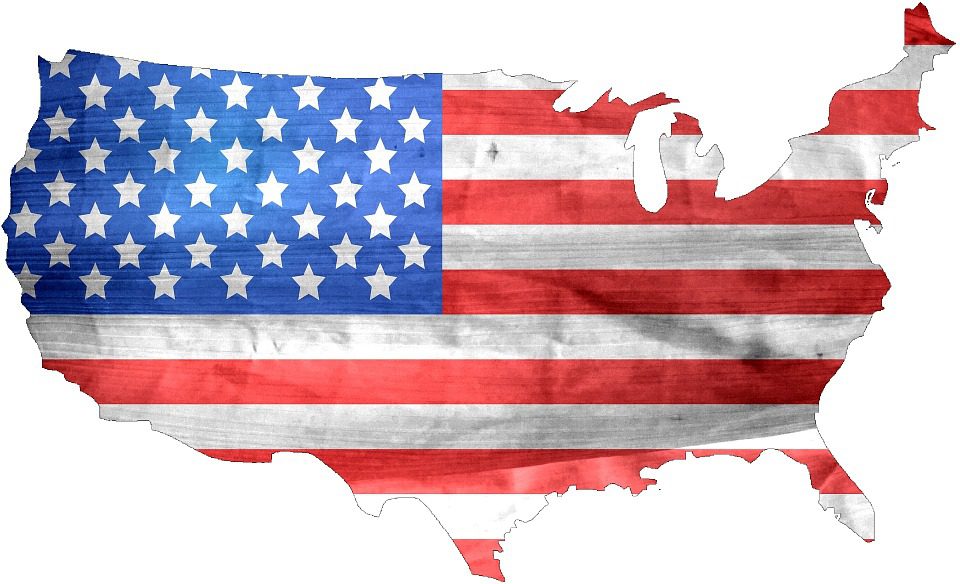Soeben wurde die Einkaufsmanagerindex für die USA (Markit PMI; Oktober) veröffentlicht – einer der besten Gradmesser für die US-Wirtschaft, die auf dem Weg in die Rezession zu sein scheint, denn der US-Einkaufsmanagerindex fällt unter die Marke von 50 (was Kontraktion der Wirtschaft der USA bedeutet):
Verarbeitendes Gewerbe: 49,9 (Prognose war 51,0; Vormonat war 52,0, das war der niedrigster Wert seit Juli 2020)
Dienstleistung: 46,6 (Prognose war 52,6; Vormonat war 49,3, niedrigster Wert seit Mai 2020)
Gesamtindex: 47,3 (Vormonat war 49,5)
Marktreaktion: Die Rendite der 10-jährigen US-Staatsanleihe fällt, Aktien steigen – schwache Wirtschaft bedeutet aus Sicht der Märkte weniger Zinsanhebungen durch die Fed!
Dazu S&P Global, das die Daten erhebt:
„Private sector firms in the US recorded a further downturn in output at the start of the fourth quarter, according to latest ‘flash’ PMI™ data from S&P Global. The fall in business activity was solid and stronger than that seen in September, as service providers signalled a quicker
decline. Manufacturers, on the other hand, saw output rise for the second month running, albeit only marginally.“
Und Chrtis Williamson von S&P Glovale Markets kommentiert:
“The US economic downturn gathered significant momentum in October, while confidence in the outlook also deteriorated sharply. The decline was led by a downward lurch in services activity, fuelled by the rising cost of living and tightening financial conditions. While
output in manufacturing remains more resilient for now, October saw a steep drop in demand for goods, meaning current output is only being maintained by firms eating into backlogs of previously placed orders. Clearly this is unsustainable absent of a revival in demand, and it’s no surprise to see firms cutting back sharply on their input buying to prepare for lower output in coming months.
“One upside of this drop in input buying has been a further alleviation of supply constraints, which alongside the stronger dollar have helped cool price pressures in the manufacturing sector. “Although price pressures picked up slightly in the service sector due to high food, energy and staff costs, as well as rising borrowing costs, increased competitive forces meant average prices charged for services grew at only a fractionally faster rate. Combined with the easing of price pressures in the goods-producing sector, this adds to evidence that consumer price inflation should cool in coming months.
“The surveys therefore present a picture of the economy at increased risk of contracting in the fourth quarter at the same time that inflationary pressures remain stubbornly high. However, there are clearly signs that weakening demand is helping to moderate the overall rate of inflation, which should continue to fall in the coming months, especially if interest rates continue to rise.”
Manufacturing PMI in the United States decreased to 49.90 points in October from 52 points in September of 2022. https://t.co/C3JmGW8ZZr pic.twitter.com/EyqEAExOxl
— Trading Economics (@tEconomics) October 24, 2022
Manufacturing PMI in the United States decreased to 49.90 points in October from 52 points in September of 2022. https://t.co/C3JmGW8ZZr pic.twitter.com/EyqEAExOxl
— Trading Economics (@tEconomics) October 24, 2022
Composite PMI in the United States decreased to 47.30 points in October from 49.50 points in September of 2022. https://t.co/hg0xT8OPY6 pic.twitter.com/7C1D6ook5d
— Trading Economics (@tEconomics) October 24, 2022
Kommentare lesen und schreiben, hier klicken













